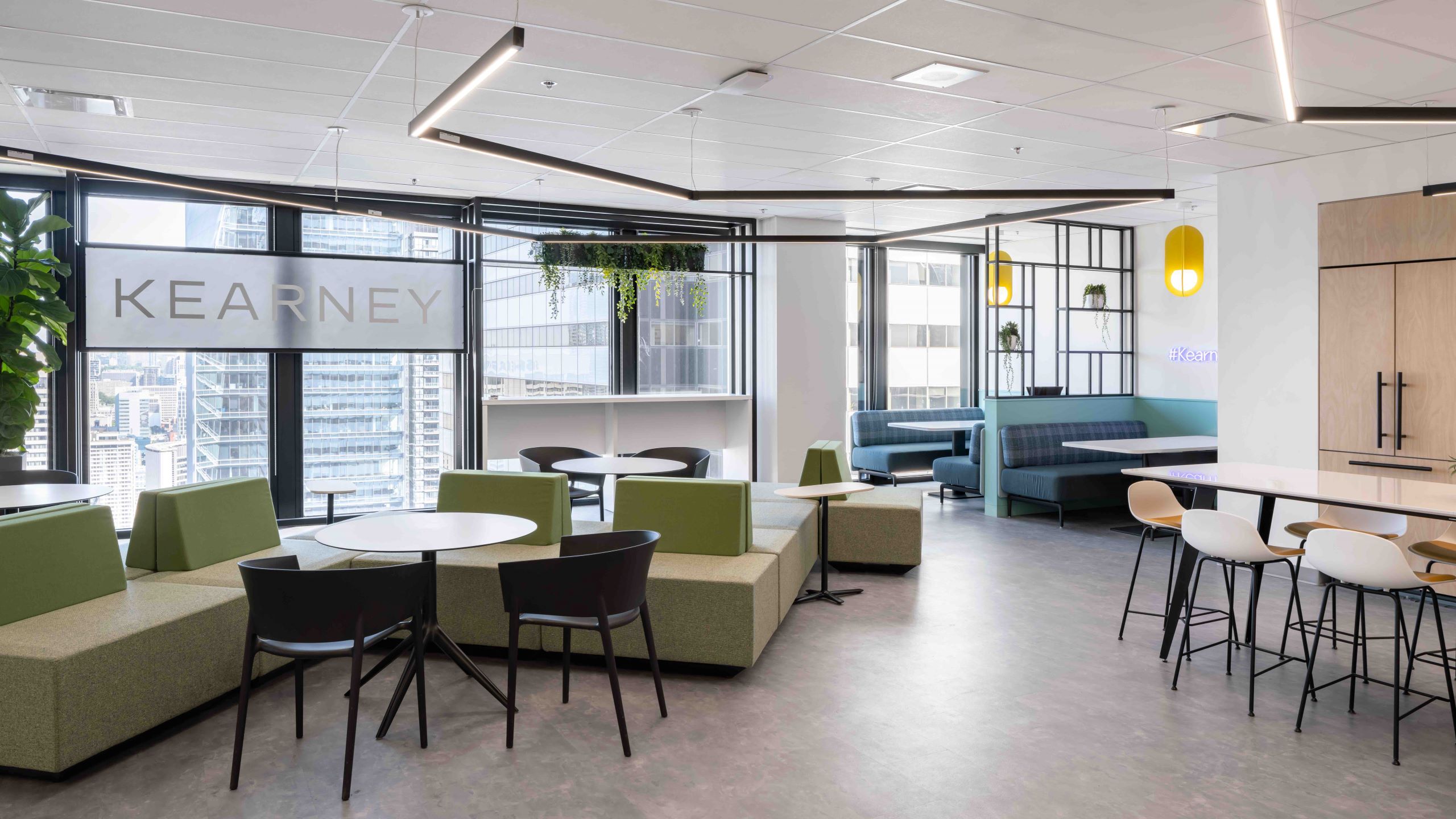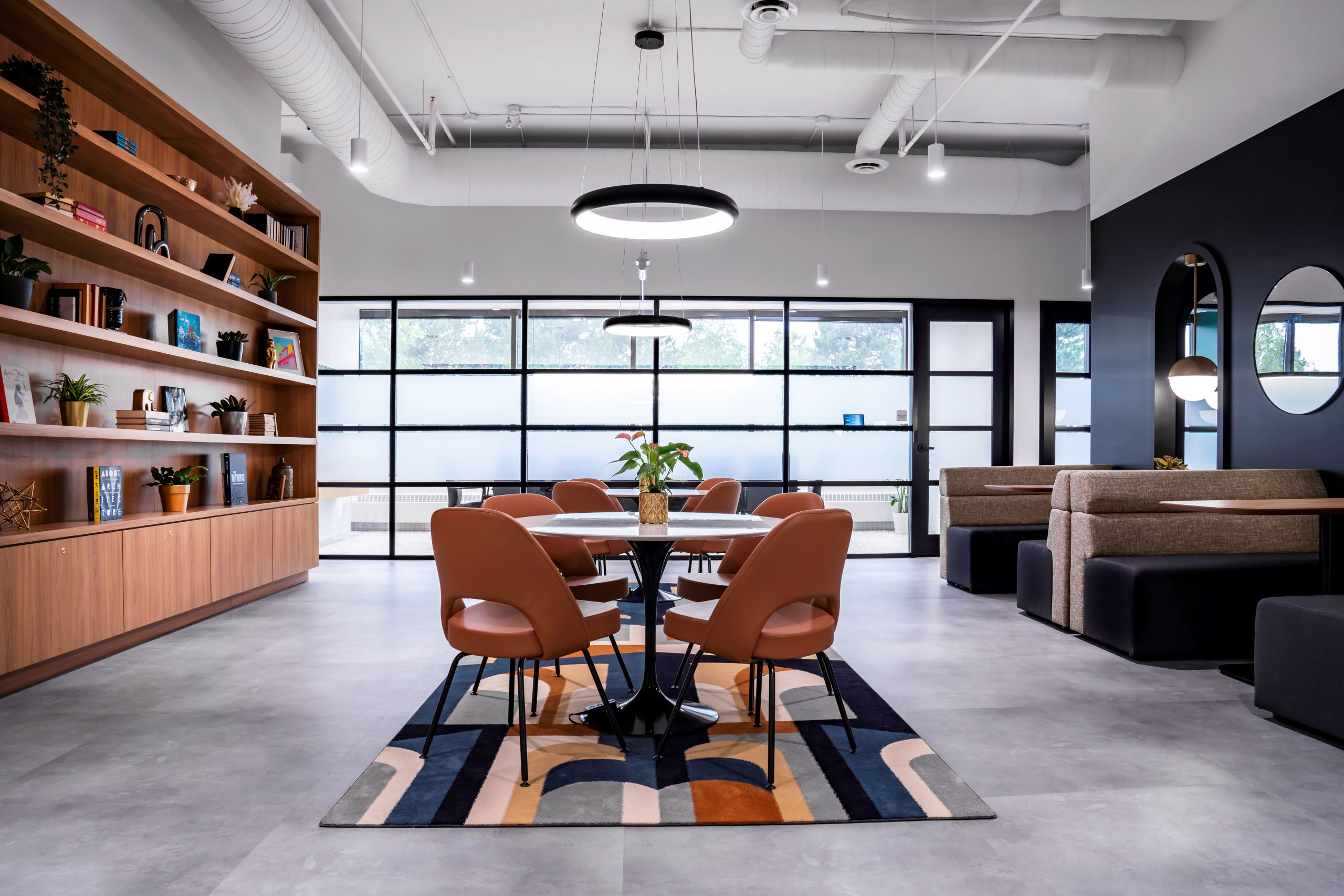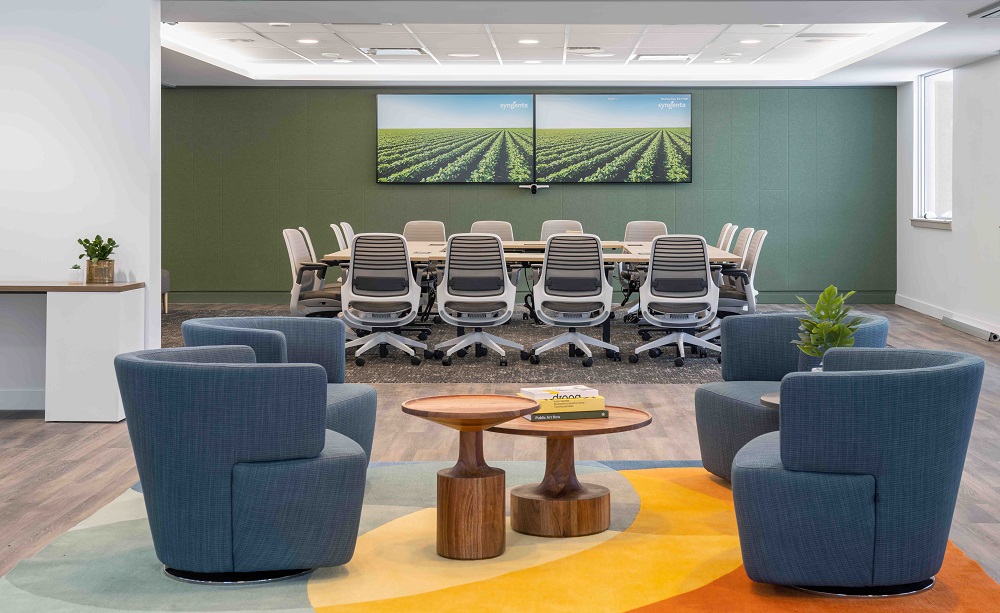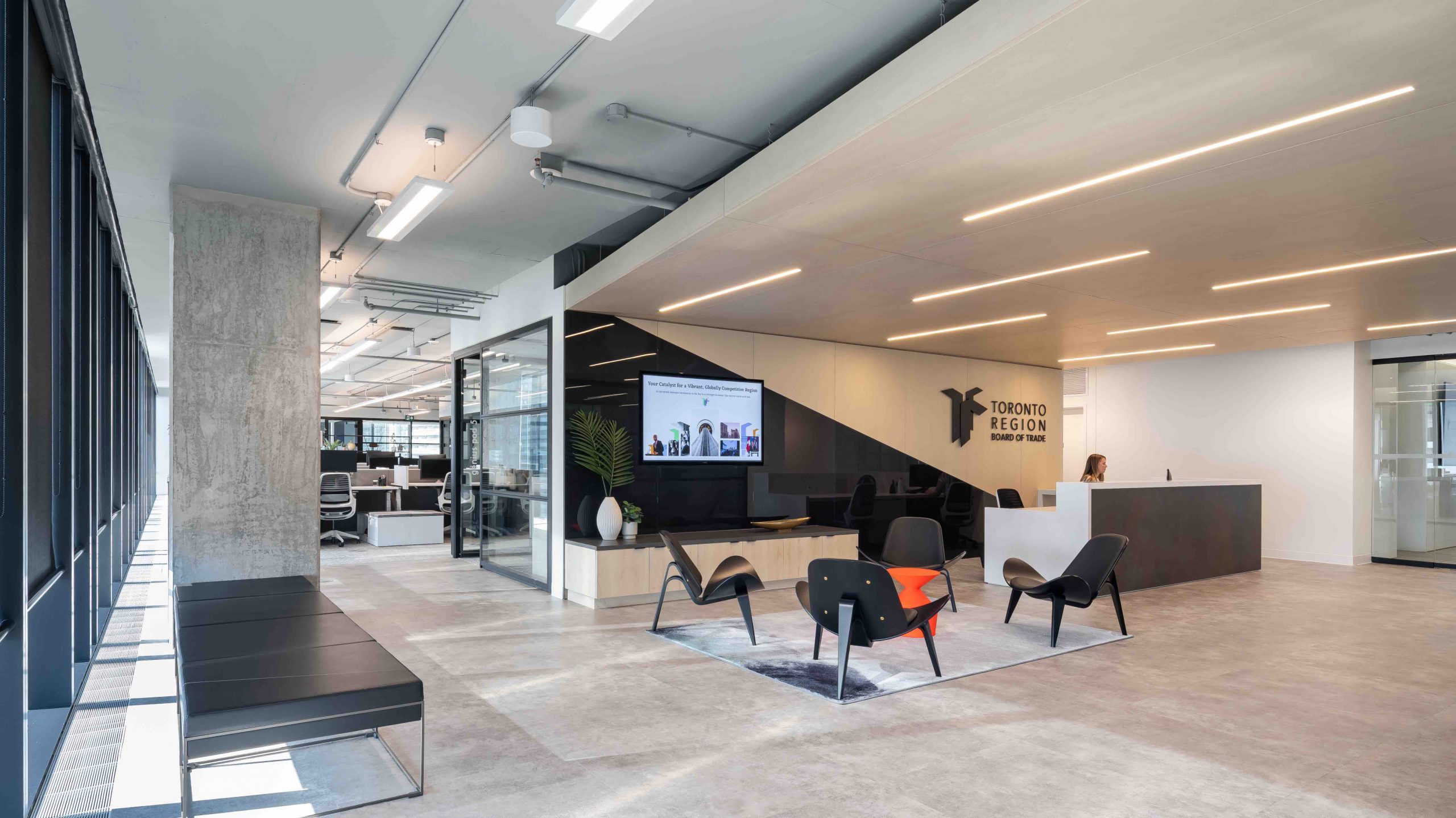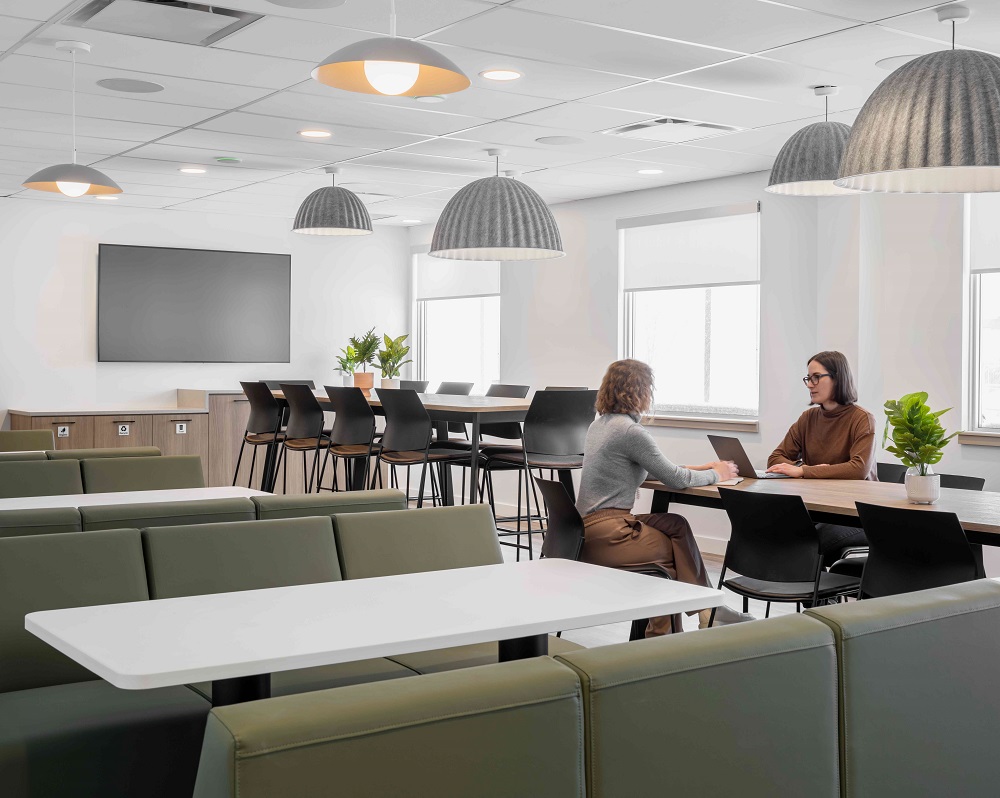
Beyond Hybrid: Design for Stability
As experts in workplace design, we are asked to provide insight into trends and share what other organizations are doing in response to the shifting landscape of work. Over the last two years the term hybrid has become quite the buzz word to describe a general approach to getting people back into the office with some degree of flexibility.
The volley between remote work and in office work continues to be played out, but what is clear is that not one solution works for everyone, and making assumptions is risky. The trend we are seeing today is designing for stability.
The evolution of hybrid
As businesses returned to the office post-COVID, hybrid described the perfect space that supports work life balance aligned with a mix of in-office and remote work. What we have experienced directly from our clients, however, demonstrated a slower transition that confirmed a reticence and deep sense of uncertainty to move too far from understood traditional approaches.
Hybrid may describe a space that provides all assigned seating with a requirement to work in office full time or a space that is fully agile with only bookable spaces. The term hybrid, therefore, started to blur and become somewhat meaningless. Build it and they will come? Conversations centered around what is best for people, the business, culture, purpose, and the future. This process of discovery is critical in driving straightforward solutions that provides long term stability that is also adaptable to inevitable change.
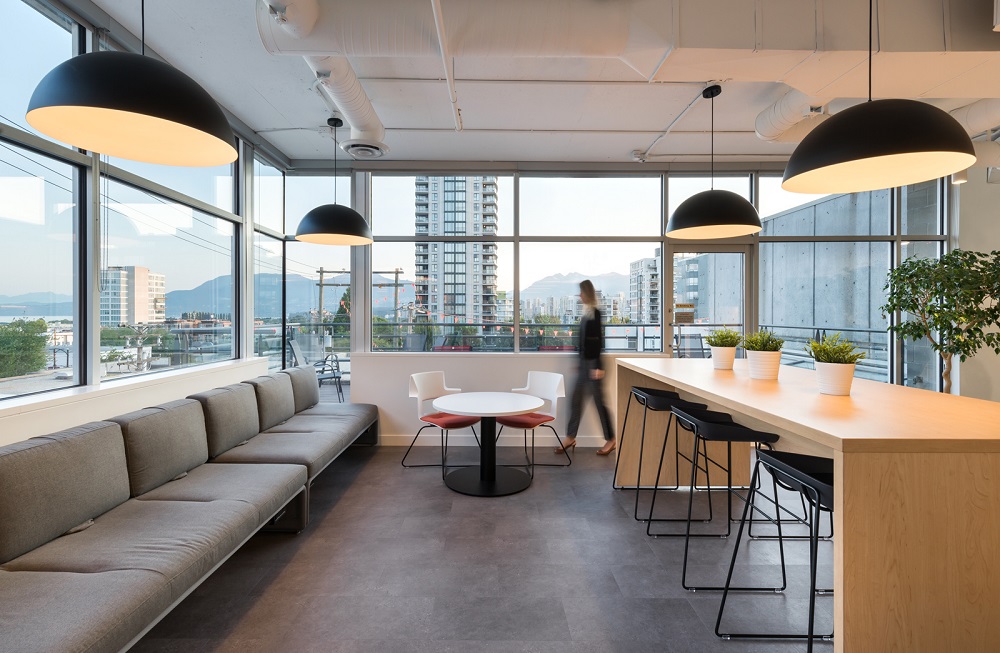
What is Designing for Stability?
In the fall out to the pandemic days of 2020, SGH has experienced a significant increase in the request for meaningful design strategy as our clients looked to position themselves differently, exploring options and the costs involved. The results have required solutions that provide a clear intent of use, stable yet adaptive furniture solutions, sensory driven amenity spaces that ensure a superior working environment that will draw people into the office.
Designing for stability is achieved through a streamlined design strategy process that gets to the heart of what your needs and objectives are, how your office will shape and support your unique community and culture so that the efforts are a success.
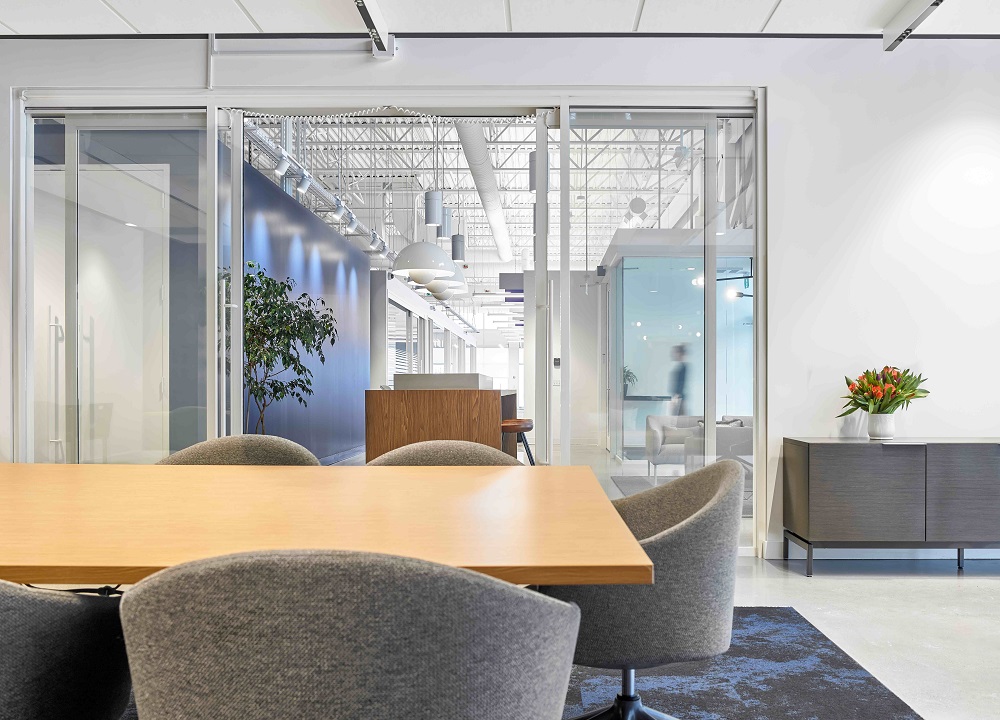
The term hybrid provided important context through an unpredictable time. It created a language we continue to use that describes how we will connect, collaboration and interface well into the future. The concept of hybrid is still valid, and it continues to inform the function of the evolving flexible office with permanent implications.
